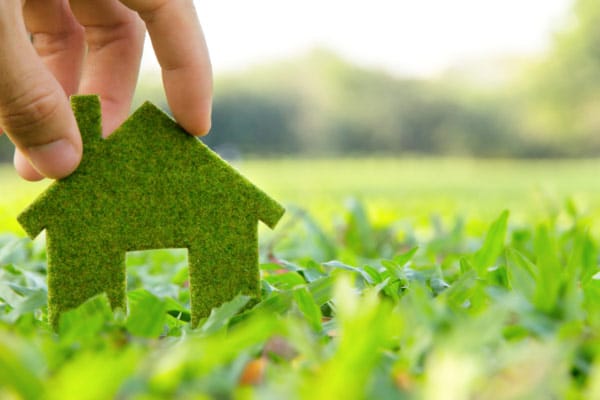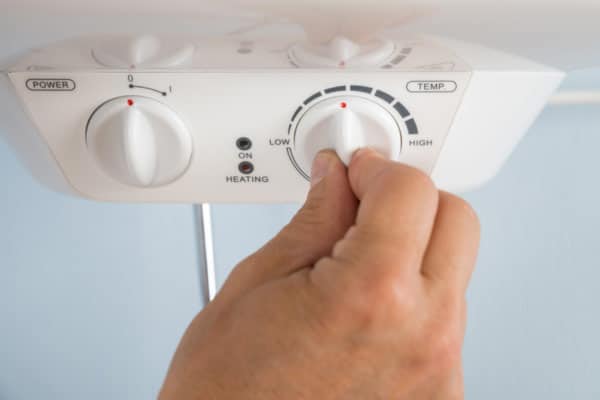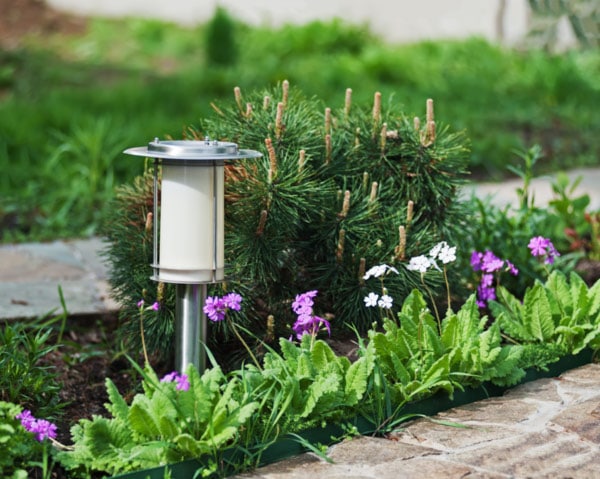
In an ideal world, we’d all have the budget to afford the renovations to make our homes completely eco-friendly—a solar panel setup, energy-efficient replacements for all home appliances, and more, but for many of us, that is simply not an option. Does that mean we should just give up in our quest to have an eco-friendly home? Definitely not! By making these smaller-scale changes, you will be making your contribution to the welfare of our planet, while being easy on your wallet!

Water Heater
The Department of Energy reports that almost 17 percent of a home’s energy use is accredited to the water heater alone. Although hot water is a luxury virtually all of us are unwilling to part with, there are ways we can make our energy-sucking water heater more efficient. First, turn the temperature up to 120 degrees Fahrenheit. The more moderate of a temperature that your water heater has to maintain, the less energy that will be used. Conserving water whenever possible by turning off the tap while scrubbing dishes or washing your hair translates to gallons of savings every year. Similarly, taking shorter showers using a low-flow showerhead can save upwards of 14 gallons of water per shower. And to really “green” your spring and summer lawn, try using a rain barrel or drip irrigation system. And finally, wrap your poorly insulated water heater in an insulation blanket to help retain as much heat inside the unit as possible.

Lighting
Although more expensive than traditional light bulbs, you can save hundreds of kilowatt hours a year by switching to energy-efficient compact fluorescent lightbulbs (CFLs) or LED bulbs in all your interior light fixtures. Make sure that you are using the right size wattage for your lamps and ceiling fans to ensure that no excess energy is wasted. If you notice that you use particular lights at specific times of day, opt for setting them on a timer so that you never forget to turn them back off. Don’t forget about any lighting outside your home, too! Switching to solar-powered or motion-detector lighting for any exterior light fixtures makes them both convenient and efficient when combined with exterior-grade CFLs. If every American chose to swap out their top five most-used light fixtures and bulbs with ENERGY STAR-approved products, the country would see a yearly energy savings of nearly 8 billion dollars!

Electronics and Appliances
Most electronics and appliances pull energy continuously whenever they are plugged in, regardless of whether they are turned on. To begin conserving this energy, unplug all available electronics, including chargers, when they are not in use. For items that are used frequently, use a powerstrip with an on/off switch to make energy savings that much simpler. Don’t forget your large appliances like your washer and dryer, as well! Even better, forget the dryer altogether and use the most natural clothes dryer around—the sun!
By making a few simple and inexpensive changes in your home, you can begin to conserve energy and save money today!

It’s funny I work with a plumbing company and I never thought about water heaters contributing to so much loss of energy